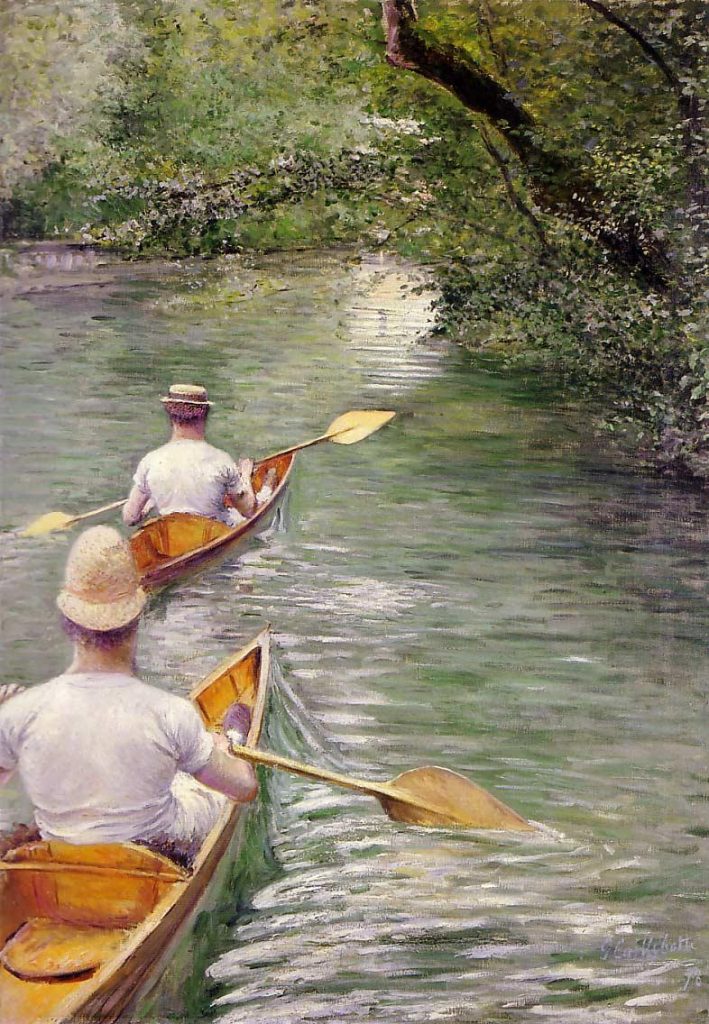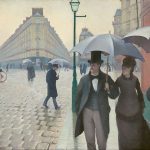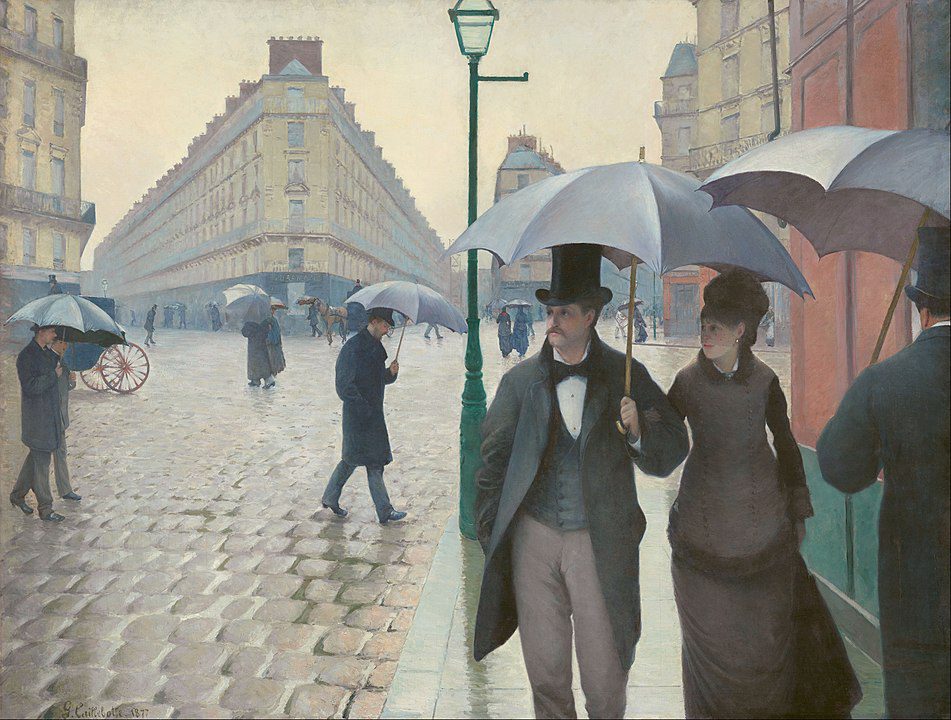
Gustave Caillebotte (19 August 1848 – 21 February 1894) was a French painter, art collector, and a significant figure in the Impressionist movement. While he painted during the same period as other famous Impressionists like Claude Monet and Edgar Degas, Caillebotte’s work often stands out for its realistic and sometimes urban focus.
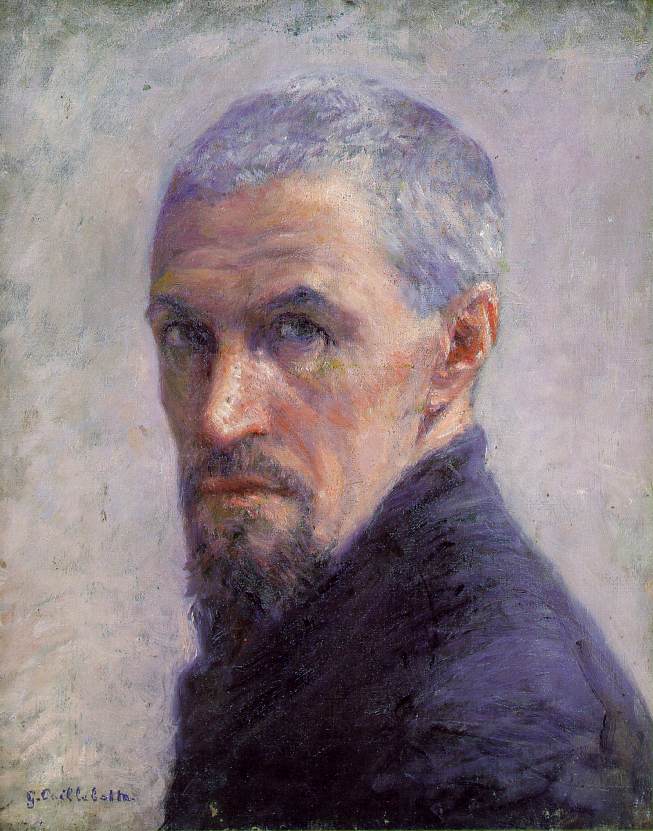
- Wealth and Background: Caillebotte was born into a wealthy family in Paris. His father was a successful textile manufacturer, and this financial security allowed Caillebotte to pursue his artistic interests without the need to rely on art sales for a living.
- Art Education: Caillebotte studied law and engineering, but his real passion was art. He entered the École des Beaux-Arts in Paris in 1873, where he met other artists who would become key figures in the Impressionist movement.
- Impressionist Association: Caillebotte became friends with several prominent Impressionist painters, including Edgar Degas, Pierre-Auguste Renoir, and Claude Monet. He participated in several Impressionist exhibitions, including the third Impressionist exhibition in 1877.
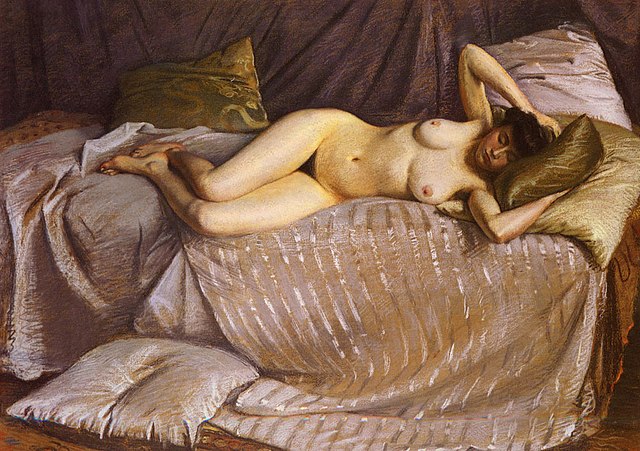
- Painting Style: Caillebotte’s style is often described as a blend of Realism and Impressionism. While he embraced the loose brushwork and emphasis on light characteristic of Impressionism, his subjects often included scenes of urban life and modernity, in contrast to the rural landscapes often favored by other Impressionists.
- Famous Works: One of Caillebotte’s most well-known works is “Paris Street; Rainy Day” (1877), which captures a view of Parisian life on a wet day. Another notable painting is “The Floor Scrapers” (1875), which depicts workers renovating a wooden floor.
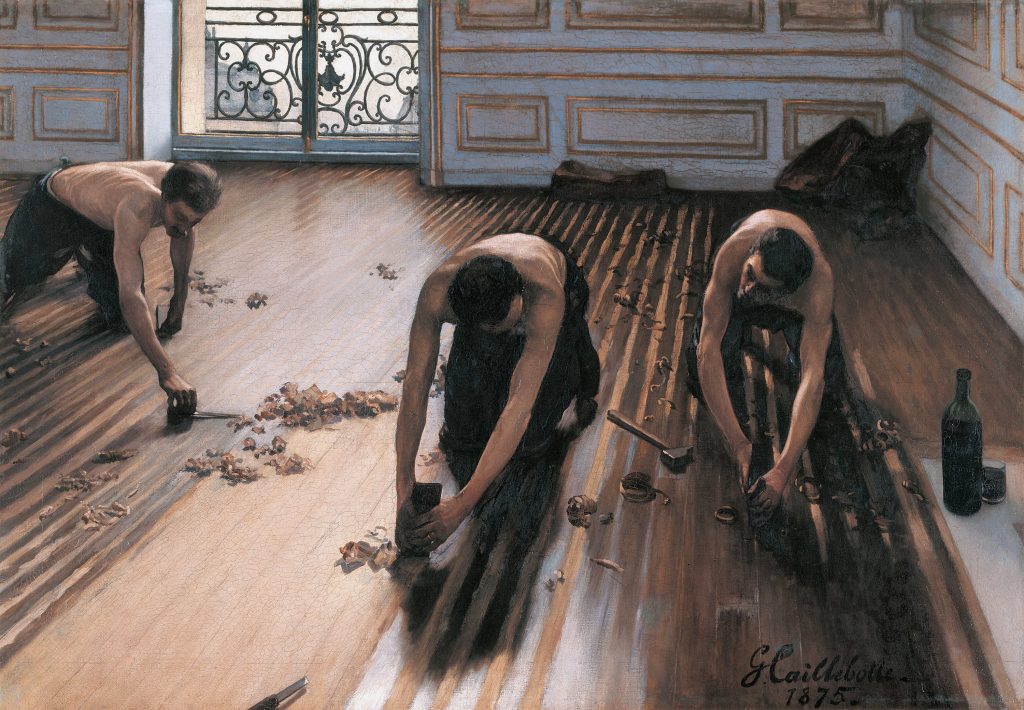
- Interest in Photography: Caillebotte had an interest in photography, and this is reflected in some of his paintings, which show a keen awareness of compositional elements often associated with photography.
- Art Collector: In addition to being an artist, Caillebotte was an avid art collector. He used his wealth to support his fellow Impressionists, purchasing their works and leaving a significant collection to the French government upon his death.
- Legacy: Despite his significant contributions to the Impressionist movement, Caillebotte’s work fell into relative obscurity after his death. It wasn’t until the latter part of the 20th century that his paintings received renewed attention and acclaim.
Gustave Caillebotte’s unique perspective on urban life, combined with his financial support for fellow artists and his contributions to the Impressionist exhibitions, make him an intriguing and important figure in the history of art.
